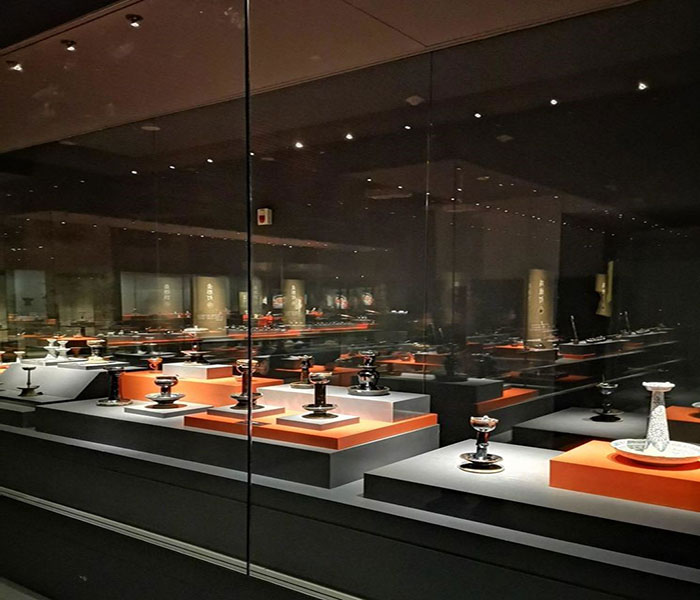In the field of modern architecture and interior design, non-reflective glass, with its unique characteristics, is like a dancer behind the curtain, quietly performing the art of balancing light and privacy. This special type of glass, through sophisticated technology and innovative design, allows ample natural light into the room while subtly protecting the privacy of the occupants. In this article, we'll take a closer look at the technical principles, types, and manufacturing processes of non-reflective glass, and how it can be used in practical applications to achieve a harmonious coexistence of light and privacy.
The Technical Principle
The core of non-reflective glazing is to reduce the direct reflection of light on the surface of the glass while ensuring that enough light penetrates. This is achieved through two main technologies: surface coating and optical diffusion.
Surface coating technology involves applying one or more special nano-coatings to the glass surface, which serve to reduce reflection by disrupting the interference conditions for reflected light. Typically, these coatings are very thin but extremely effective, reducing reflectivity to less than 1 percent. This not only improves the light transmission of the glass but also significantly reduces light pollution to the human eye and the surrounding environment.
Optical diffusion technology is through the addition of diffusers to the glass, or through etching, grinding, and other physical means to make the surface of the glass form a small unevenness, these irregular micro-structures can be scattered through the glass of the light, to reduce the directional reflection of the light, to increase the transmittance of the softness of the light. This method is also effective in improving the transparency of the glass while avoiding the glare caused by direct light.
Types and Manufacturing Processes
Non-reflective glass can be classified into various types based on its manufacturing process and use, including but not limited to the following:
Low-reflection glass: special coating techniques, such as the surface coating treatments described above, are used to minimize light reflection.
Matte Glass: Roughening of the glass surface through physical or chemical methods to achieve the effect of diffusing light and reducing reflectivity.
Intelligent Dimming Glass: A new type of glass that combines modern technology to automatically adjust light transmission according to external light conditions while maintaining low reflection characteristics.

In terms of the manufacturing process, the production of non-reflective glass usually involves several steps such as high-temperature melting and molding, coating application, and heat treatment and reinforcement. During the manufacturing process, precise control of the cooling rate of the glass and the uniformity of the coating are key to ensuring product quality. In addition, as technology continues to advance, more attention is being paid to sustainable production methods and materials, such as the use of recyclable materials for glass production and the development of more environmentally friendly coating materials.
Practical application scenarios
In practice, non-reflective glass is used in a wide range of applications such as architectural windows and doors, display cabinets, screen protection, and in the automotive industry. In architectural design, non-reflective glass not only provides good natural lighting but also ensures the privacy of the occupants and avoids the discomfort caused by direct light. In commercial displays, non-reflective glass provides a clear view of merchandise and reduces reflective interference in security surveillance.
As an advanced material that combines technology and design, non-reflective glass demonstrates a deep understanding of the art of balancing light and privacy. Through continuous technological innovation and application exploration, non-reflective glass is becoming an indispensable part of modern life, bringing light to our lives while guarding our privacy. In the future, with the further development of science and technology, the application of non-reflective glass will be even more extensive, and its performance in terms of environmental protection and sustainability will also be further enhanced, creating a more harmonious and comfortable living environment for human beings.






